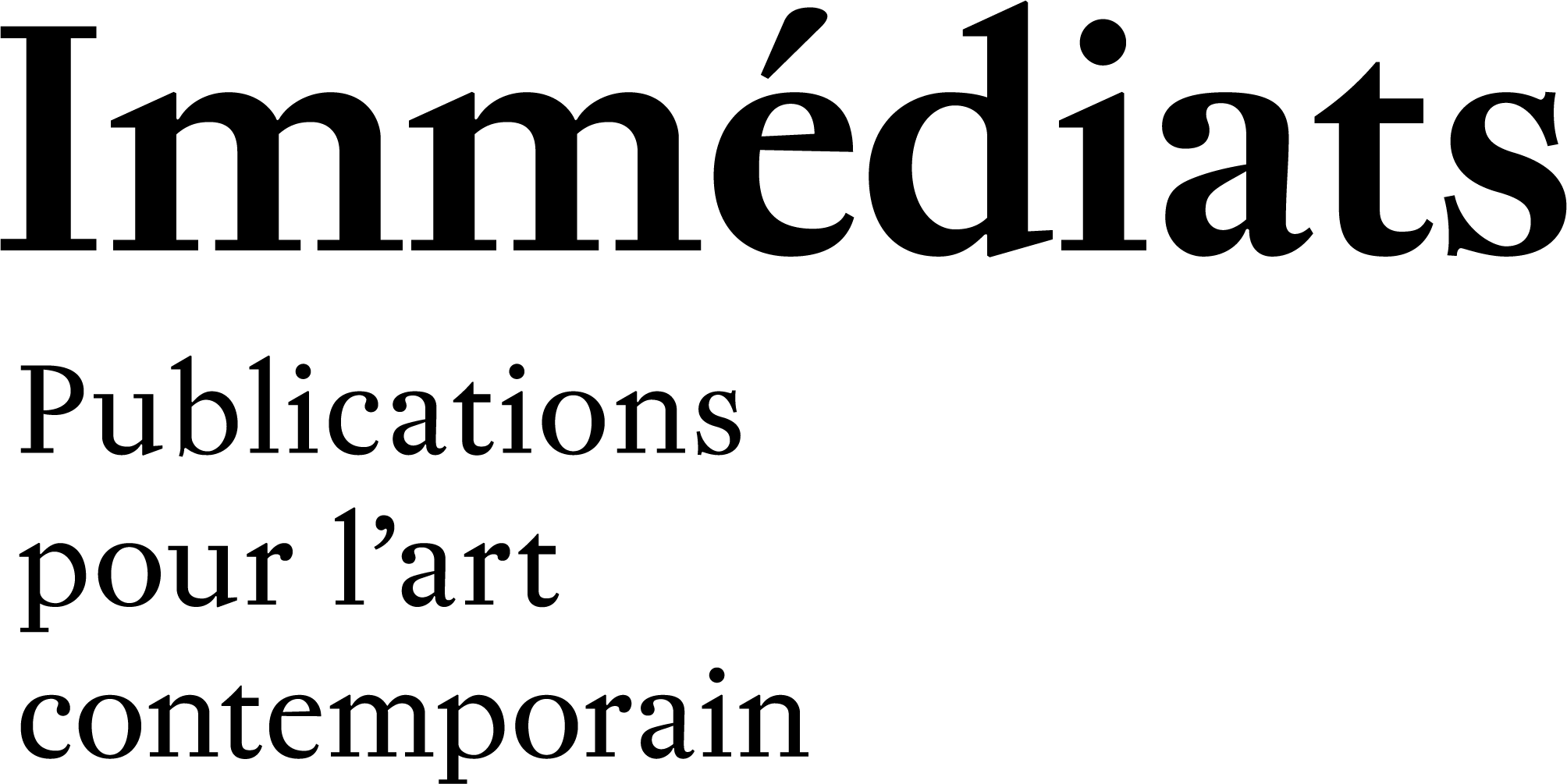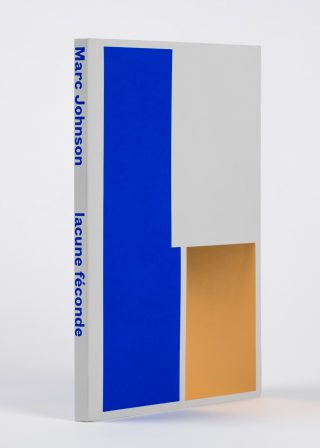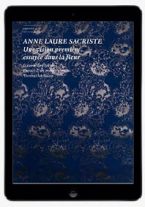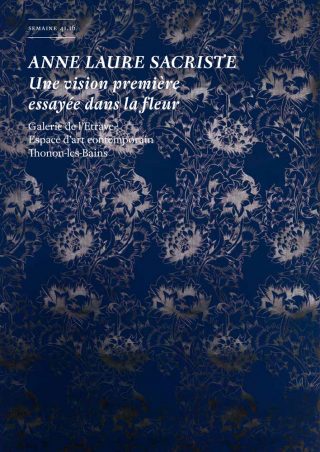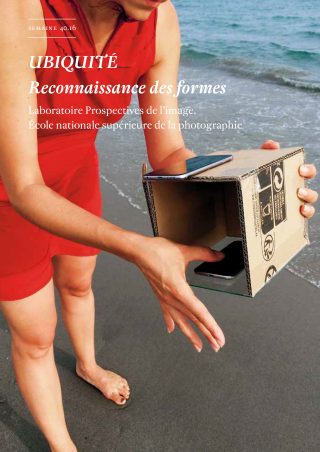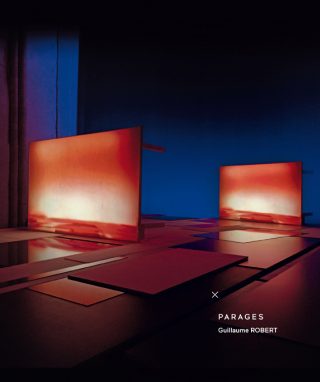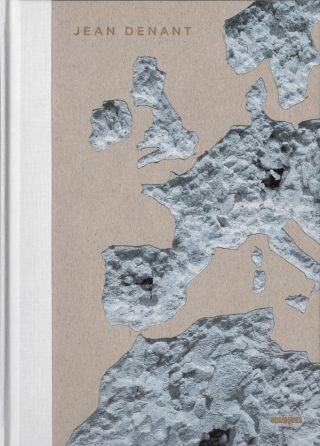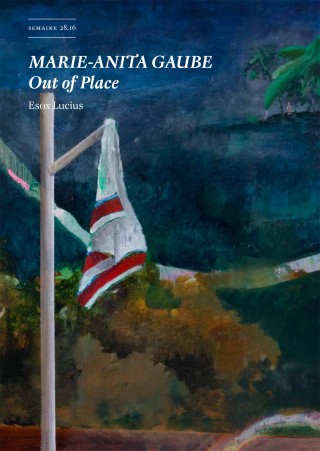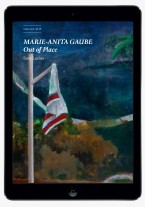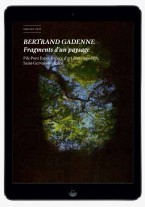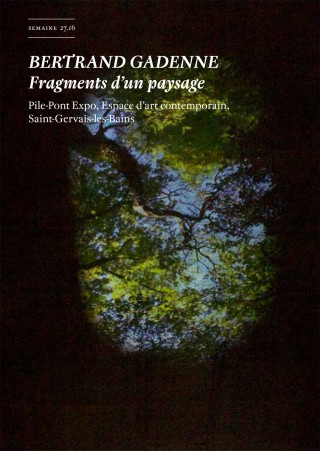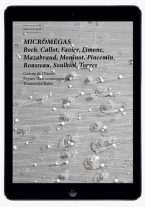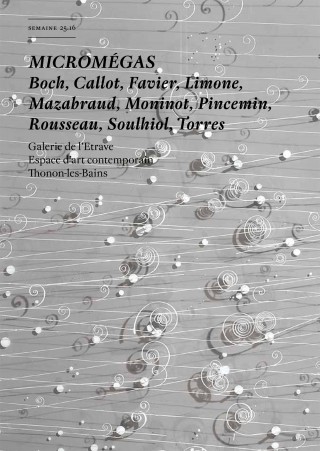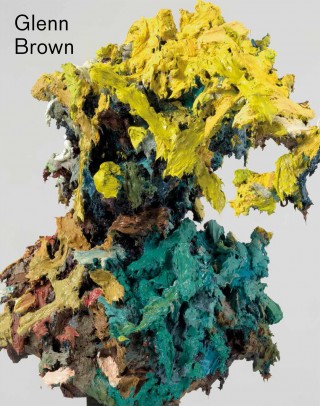Marc Johnson, Fecund Lacuna
Authors : Éric Crubézy, Rozenn Colleter & Paul-Anthelme Adèle, Stefan Lorenz Sorgner, Valérie Knochel-Abecassis & Marc Johnson.
Technical details
: 17 x 24,5 cm, 144 pages, softbound.
Languages : French – English.
Graphic design : Baldinger Vu-Huu
To be released in January 2017.
Isbn : 978-2-35864-098-5.
Public price : 28€.
Coedition La Maréchalerie – centre d’art contemporain, École Nationale Supérieure d’Architecture de Versailles. with the support of LVMH and private sponsors; and in partnership with Inrap.
Art, archaeology, genetics : Is transhumanism the most dangerous idea in the world?
Marc Johnson, artist, architect and filmmaker is like the philosopher and the epistemologist, a researcher in constant search for knowledge and understanding of the world. Conceived as an art book, this publication demonstrates the working methods and the ambition of questioning what is fundamentally at stake in the world of today, and in the development and the future of humanity. More than a year of research dedicated to archeaology, during which the artist explored this discipline with the support of the Inrap. A science that, by crossing his research with the expertise of the most advanced disciplines, in particular genetics, sheds light on human history, questioning today and anticipating the future. This is precisely what the specialists, invited by Marc Johnson, highlight throughout their own experiences in this book. The anthropologists Rozenn Colleter — in collaboration with Paul-Anthelme Adèle, jurist — and Éric Crubézy, illustrate today’s impact on the analyses of relics of the past. Stefan Lorenz Sorgner, philosopher, reflects on the evolution of humankind. Having analysed the posthumanist and transhumanist movements, he argues for a “metahumanity”. By presenting these texts alongside a selection of archaeological excavation photographs, sampled from the iconographic collection of the Inrap and images from the site-specific installation, Marc Johnson performs an original layout elaborated in sequences, visually acquainted with a research project. He tells a story which can only concern us, the story of humanity. Making sense as he questions us about our final outcome. [Valérie Knochel-Abecassis]




Crédit photo : Toan Vu-Huu
Note : The book is a metaphor for an archaeological dig under exploration. The blank of the page (lacuna) is the unexplored territory. The text blocks represents the archaeologists at work (the excavation). The unexplored (the blank of the page) changesas reading progresses. Finally, the excavation (reading) reveals a relic (a photograph) in place of the unexplored territory of departure. This movement in the stratigraphic depths of the earth (the volume of the book) is developing like a storyboard in which a double narrative appears (the text and the pictures). This artist’s book is a treasure hunt built with Stimmungen (moods of affective tonalities). It is composed of 5 parts (30 photographs from the digital library of the National Institute for Preventive Archaeological Research). This assemblage resonates near three essays and an interview that punctuate this proposal with polyglossia. [Marc Johnson]
Marc Johnson is a visual artist, filmmaker and license architect. He is the author of YúYú short-film with which he won the Best Short Film award at the International Film Festival, Las Palmas de Grand Canaria, Spain in 2016. Winner of the LVMH Young Artist award competition in 2009, he presented his works at Sundance, USA in 2016 at the Moscow Biennale for young art, Russia in 2016, at Arc en rêve architecture center, France in 2016, at Berlinale Shorts in 2015 and at Jeu de Paume, art center in Paris in 2014. He studied at the École nationale supérieure des beaux-arts de Paris, École nationale supérieure d’architecture de Paris-Malaquais at the Hunter College of Art, MFA program in New York and at the academy of Arts in Hangzhou, China.
